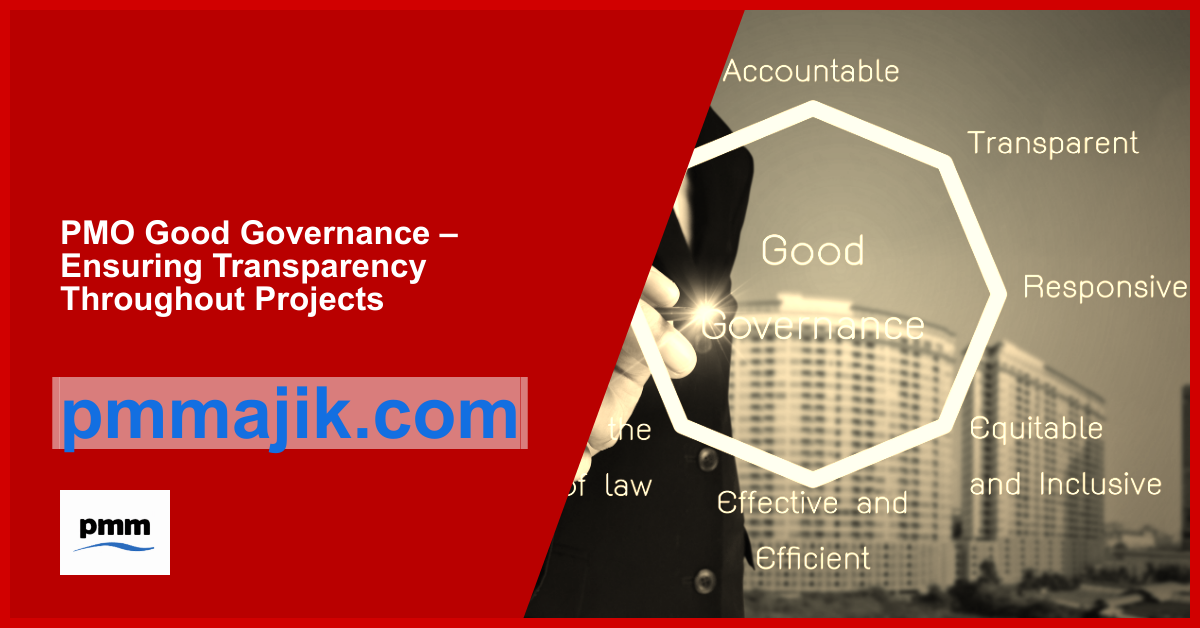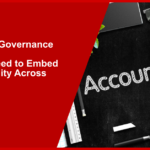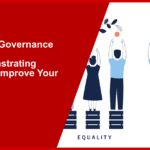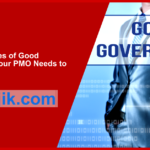Project management offices (PMOs) have a range of roles, and good governance is one of the key ones. A primary facet of good governance is transparency across projects and your office.
Transparency in projects has a range of benefits, and building transparency in from the top down will make everyone confident in your processes. When the work you and your projects do is clear, it is evidence of good governance since anyone can check that information and decisions are above board.
Here, we’re going to look at why you want to build transparency into your PMO’s governance procedures and how you can do that across projects.
Why is transparency across projects important?
You want to allow anyone who asks questions about projects to reasonably have access to what they need. When a project is governed well, there is no need to have an air of secrecy about how the project was delivered.
Transparency in your projects and the work they do will give you:
- Accountability – any stakeholder can access and scrutinise project information to make sure that it’s being run correctly and errors, mistakes, and issues aren’t hidden.
- Confidence – with everything on the table, project managers, your PMO, the C-suite and all other stakeholders can be confident that everything is being done correctly.
- Engagement – stakeholders are more likely to engage with projects when they know information is accessible, and nothing will be hidden from them.
- Decision-making – better decisions can be made in future projects when previous successful decisions are documented and easy to assess.
- Compliance – whether there are legal requirements or regulatory needs, having complete project transparency means any compliance issues are easily covered.
These are powerful benefits that will help your PMO govern projects more effectively.
What policies can a PMO implement to drive transparency across projects?
A PMO needs to continually work towards transparency and have policies which maintain open records. Policies that you will need to implement and support across projects can include:
- Open project documentation – have all documentation available to the right people so there is no perception of secrecy.
- Persistent stakeholder engagement – encouraging stakeholders to always be involved offers them confidence that any project is open to scrutiny.
- Decision-making processes – decisions should be documented accurately so that it is clear there is no nepotism or favouritism between suppliers, team members, resources, etc.
- Robust project reporting – having strong documentation means that everything will be available to look at; there’s no point in being transparent if there is no documentation to be open about.
- Accessible KPIs, metrics, and objectives – targets mean that everyone can check on performance through dashboards or regular reports, and challenging situations aren’t being covered up.
- Knowledge sharing – by having project managers and subject matter experts share their knowledge means there is no “secret sauce” or mystery about how your office and projects are being successful.
- Regular project auditing – it’s important to show that projects are audited to ensure they are indeed following the rules and methods you’ve laid out, showing there is nothing to hide and making sure everyone is aware they may be checked on.
How transparency can drive good governance in a PMO
When you’re working towards good governance in your PMO, you need to be sure your work and that of your projects can be confirmed when needed. Governing projects well should mean there is nothing to hide and no secrets kept about how a project was achieved.
Ensuring transparency throughout the project lifecycle and within your PMO is a fundamental tenet of good governance.






